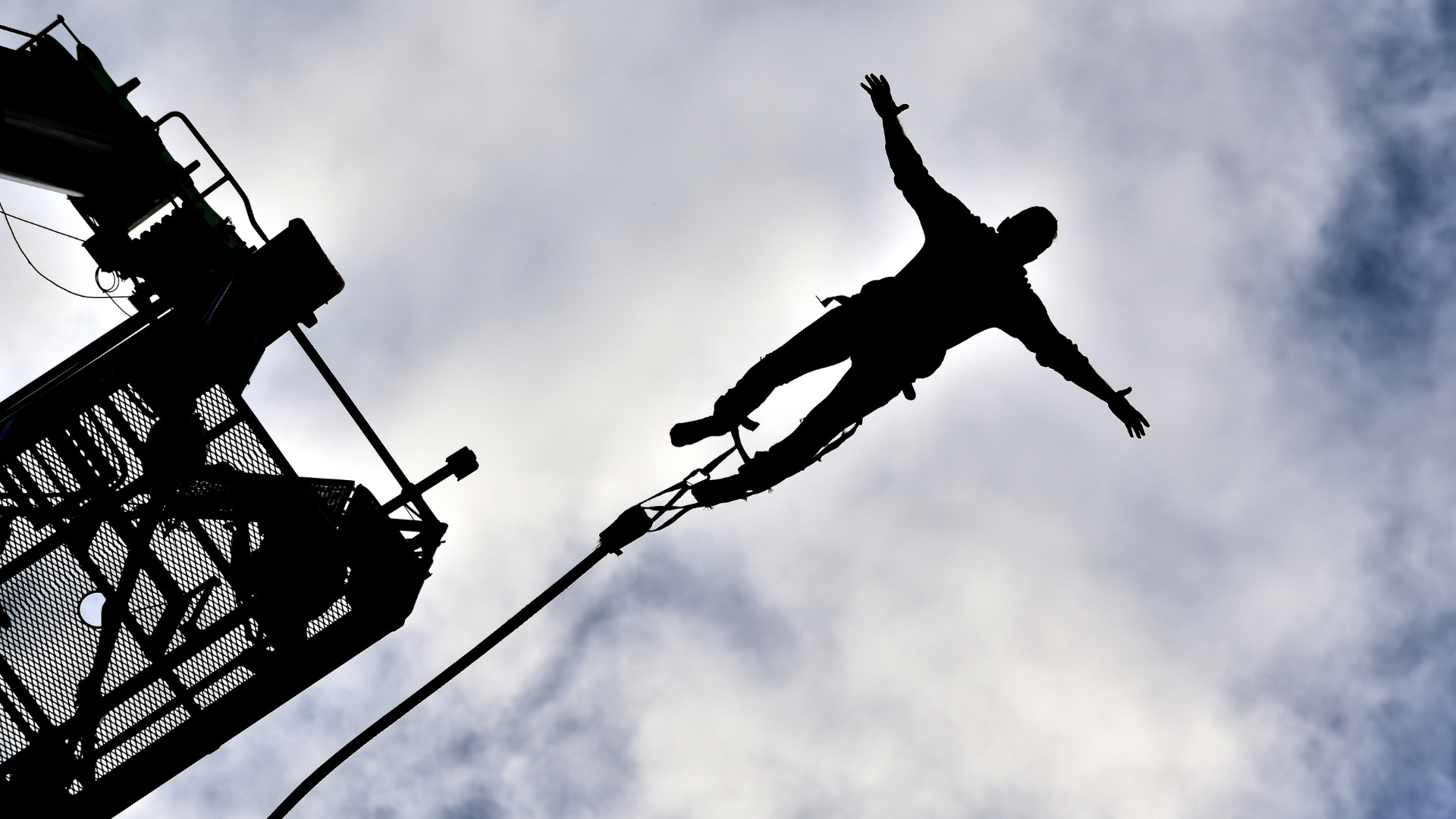
Bungee Jumping: The Risks and How To Mitigate Them
The heart-pounding, adrenaline-pumping experience of bungee jumping is undoubtedly bucket-list-worthy. Despite its appeal, it’s essential to examine and understand the bungee jumping risks before taking the plunge. As a bungee jumping operator, opting for bungee jumping insurance alongside comprehensive umbrella policies, such as those provided by XINSURANCE, ensures a safe and unforgettable experience.
The 5 Unique Bungee Jumping Risks
Bungee jumping undoubtedly offers a once-in-a-lifetime thrill, but it is accompanied by some serious risks:
- Equipment Quality and Failure: High-quality equipment is essential for safe bungee jumping. This includes the bungee cord, harnesses, carabiners, and the anchoring platform. If any of these components fail, the result could be severe injury or even death. The cord is particularly critical as it absorbs the fall’s impact and sends the jumper back upwards. Accordingly, it should be routinely inspected for signs of wear and tear, such as fraying or cuts.
- Operator Competence: Bungee jumping operations rely heavily on the operator’s knowledge, skills, and adherence to safety protocols. Any neglect in managing the equipment, miscalculating the bungee cord length based on the jumper’s weight, or failure to secure the jumper’s harness correctly can result in serious incidents.
- Jumper Behavior: How the jumper behaves can significantly influence their safety. Proper preparation and adherence to guidelines, such as maintaining the correct body positioning during the jump and landing, are crucial. Impulsive behavior like attempting flips or jumps that haven’t been approved by the operator adds unnecessary risk.
- Health Conditions of the Jumper: Certain health conditions, like heart disorders, high blood pressure, neurological conditions, and acute injuries, significantly increase the risk associated with bungee jumping. It’s critical that individuals seek medical advice and clearance before participating in such an extreme sport. Immediate disclosure of any health-related information to the operator is also vital.
- Environmental Factors: The environment in which the jump is taking place can significantly impact the risk level. Unpredictable weather conditions (strong winds, rain, or fog), unexpected wildlife (birds flying into the path of the jumper, for example), and even the location of the jumping site (over water, rocky terrain, or a bridge, for example) all contribute to the overall risk factor.
Having identified these risks, it is crucial to explore the ways to minimize them and ensure a safe bungee jumping experience.
5 Bungee Jumping Risk Mitigation Tips
To manage the inherent risks related to bungee jumping, the following strategies and measures should be adopted:
- Prioritize Regular Equipment Checks: Bungee jumping heavily relies on the integrity of the equipment used. In fact, most deaths from bungee jumping occur because harnesses were not put on correctly. Regularly inspect the harnesses, cords, jump platforms, and more to ensure safety and preventive maintenance. Implement protocols for replacing any equipment showing signs of wear and tear.
- Ensure Accurate Calculations and Procedures: Operators must adhere strictly to safety procedures such as accurately calculating the length of the bungee cord based on the jumper’s weight and height. Acquiring and updating essential data about the jumper’s health and physical condition will also help adjust and maintain safety protocols.
- Provide Adequate Training for Staff: All personnel involved in the operation should have comprehensive training. The team should be well-versed in emergency protocols and the use of all necessary safety equipment.
- Insist on Health Disclosure and Pre-jumping Health Checks: Policies should be in place that discourage individuals with certain health conditions from participating. People who are pregnant or have conditions like high or abnormal blood pressure, leg or back disorders, irregular heartbeat, or those who have undergone recent surgery should be medically evaluated before jumping.
- Choose Suitable Environmental Conditions for the Jump: Weather conditions play a significant role in the safety of bungee jumping. A well-defined set of criteria for suitable environmental conditions should be established, particularly concerning wind speeds and weather visibility.
In summary, a standard set of rigorous safety measures, regular equipment checks, staff training, adequate health evaluations, and environmental considerations all contribute to mitigating risks in bungee jumping operations. Properly managing these risks can significantly improve the safety of bungee jumping. Operators and jumpers alike must be vigilant and proactive in mitigating these risks as much as possible.
While these steps can significantly reduce risks, bungee jumping insurance remains a critical component in protecting yourself.
Bungee Jumping Insurance
XINSURANCE is a trusted liability insurance partner that offers customized coverage to businesses and individuals. Specializing in unique risk underwriting, XINSURANCE ensures that your operations are covered, no matter how extreme your adventure.
XINSURANCE’s Tru Umbrella policy protects you and your assets, filling the gaps in your primary policy. This umbrella insurance not only provides sound financial protection but also peace of mind, with benefits such as conflict resolution, legal support, and protection of valuable assets.
In Conclusion
Bungee jumping is a thrilling adventure that demands thorough preparation, including adopting risk-mitigating measures and securing full coverage insurance. With precautions and professional assistance from trusted partners like XINSURANCE, you can embrace the thrill, knowing you are safely guarded against unforeseen incidents.
To learn more or to get a quote for bungee jumping insurance, head over to our Outdoor Recreation Insurance page.

